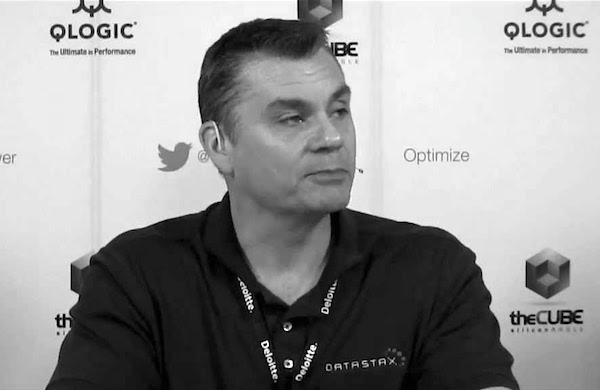SSD storage is fast, but in-memory computing is even faster. And DataStax, which builds a NoSQL database based on open source Apache Cassandra, thinks in-memory processing is a crucial innovation for bringing Big Data performance to a new level, as the release of its DataStax Enterprise 4.0 platform makes clear.

SSD storage is fast, but in-memory computing is even faster. And DataStax, which builds a NoSQL database based on open source Apache Cassandra, thinks in-memory processing is a crucial innovation for bringing Big Data performance to a new level, as the release of its DataStax Enterprise 4.0 platform makes clear.
Designed to simplify enterprise deployment of Apache Cassandra, DataStax Enterprise combines the open source Cassandra code with value-added features that extend the software's scope and enhance performance. It's the same kind of approach that other vendors are taking in building Apache Hadoop distributions.
By introducing in-memory computing support, the latest version of DataStax Enterprise builds a new type of performance enhancement into the platform that can make data processing up to 100 times faster, according to the company. In turn, "the lightning performance that an in-memory database can offer" means enterprises can handle much larger and more dynamic volumes of data, according to Robin Schumacher, vice president of Products at DataStax.
DataStax Enterprise 4 is the first NoSQL-type database to offer in-memory computing support for Cassandra, according to the company. In addition, the release introduces new enterprise search features designed to assist developers when they build applications based on the platform.
DataStax no doubt hopes in-memory computing will give it a leg up in the tight, and growing, enterprise Big Data market. But what's really interesting here is the notion that SSD storage, which has seen significant adoption in recent years from vendors such as Rackspace (RAX), may not be able to meet the demands of next-generation enterprise computing. SSD may be just a transitional phase, with in-memory solutions holding the key to the future.
About the Author(s)
You May Also Like


